Minesweeper is a classic single-player puzzle game that has captivated players for decades. Its premise is simple yet challenging, requiring a blend of logic, strategy, and sometimes a bit of luck. In this article, we will explore various strategies and tips that can help you master the game of Minesweeper, ensuring that you not only enjoy the game but also improve your skills.
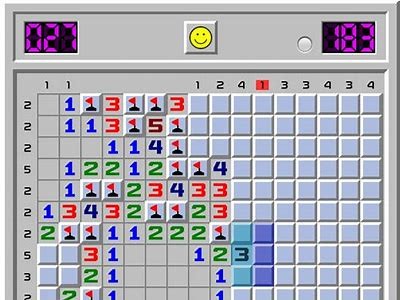
Before delving into strategies, it's essential to understand how Minesweeper works. The game involves a grid of squares, some of which hide mines. The objective is to clear the grid without detonating any mines. Each square can either be empty or contain a number, which denotes the count of adjacent mines. The challenge lies in deducing where mines are located based on these numbers.
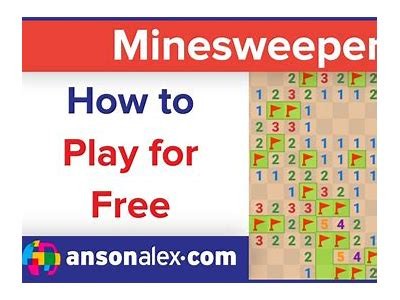
When starting a new game of Minesweeper, it’s important to choose the right difficulty level. Generally, beginners should start with easy settings that feature fewer mines, allowing for a learning curve without overwhelming frustration. As players become adept at identifying mine locations, they can gradually increase the difficulty for more challenge.
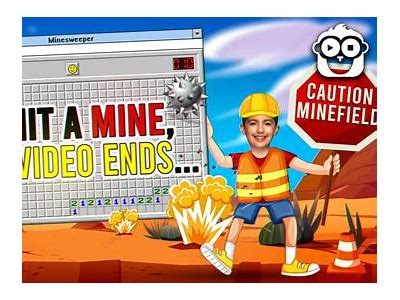
1. **Initial Click**: The first move is crucial in Minesweeper. Since the first click is guaranteed to be safe, it’s often beneficial to click in the central area of the grid. This can reveal more spaces and provide a clearer view of the surrounding numbers.
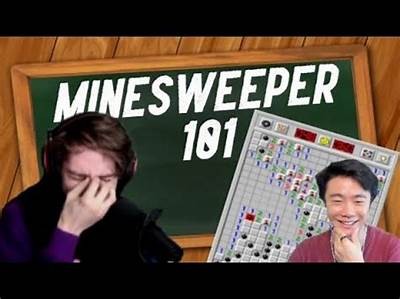
2. **Understanding Numbers**: Learning what each number signifies is key to mastering Minesweeper. A '1' means there is one mine in the adjacent squares, while a '2' indicates two mines, and so on. By carefully observing these numbers, players can track the proximity of mines and make informed decisions on which squares to click next.
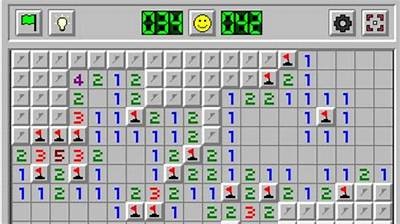
3. **Flagging Mines**: Players should use flags to mark suspected mines. This not only helps in remembering where mines may be located but also reduces the risk of accidental clicks on dangerous squares. Knowing how to effectively use flags can greatly increase a player's chance of success.
As players become proficient in Minesweeper, they may begin to employ more advanced strategies:
1. **Logical Deduction**: Advanced players should utilize deduction skills to infer mine locations from patterns of numbers. For example, if a '1' is next to a square that reveals no other squares, players can deduce that the adjacent mine must be in a specific location based on the surrounding numbers.
2. **Probabilistic Thinking**: In situations where logical deductions cannot provide a definitive answer, players can resort to probabilistic analysis. By evaluating which squares offer the best odds of being safe based on the information available, players can make calculated decisions.
3. **Recognizing Common Patterns**: Familiarizing oneself with common configurations of numbers can also lead to quicker resolution of complex situations. Patterns such as the '1-2-1' or '1-2-2-1' can signal mine placements, allowing for quick flagging and clearing of safe squares.
In the path to mastery, players need to recognize and avoid some common pitfalls:
1. **Rushing the Game**: One of the most typical mistakes new players make is rushing their decisions. Taking the time to analyze the numbers and consider different options can often lead to a better outcome than hasty clicks.
2. **Neglecting to Use Flags**: Some players may feel that flagging is unnecessary or tedious. However, not using flags can result in confusion later in the game. Always make it a habit to flag potential mines as you uncover more of the grid.
3. **Overlooking Safe Clicks**: At times, players may overlook safe squares in their eagerness to find a mine. It’s essential always to look for the safest options available, which can lead to easier victories.
As with any game, practice is vital in mastering Minesweeper. Players should take the time to play the game regularly, experimenting with different strategies and techniques. By challenging oneself with different levels of difficulty and varying play styles, players can enhance their skills more effectively.
There are several resources available for players looking to improve their Minesweeper skills. Online tutorials, forums, and communities dedicated to puzzle games can provide tips and insights. Additionally, playing against others can also sharpen one’s skills as players observe and learn from each other's strategies.
Moreover, exploring different variants of Minesweeper can provide an exciting new twist on the classic game. Various adaptations incorporate unique rules, additional elements, or thematic designs, keeping the experience fresh and engaging. Engaging with these variants may also introduce new strategies that help in the traditional version.
In conclusion, mastering the game of Minesweeper involves understanding its mechanics, employing effective strategies, and engaging in regular practice. By harnessing logical deduction, flagging mines, and avoiding common mistakes, players can significantly enhance their gameplay experience. Whether you are a beginner or an experienced player, the strategies outlined in this article are designed to help you become a Minesweeper master. It’s important to remember that every game is an opportunity to learn, so embrace the challenge and enjoy the journey! ```
转载请注明:willbet Free Online Games » octo attack » Exploring the Strategies and Tips for Mastering the Game of Minesweeper